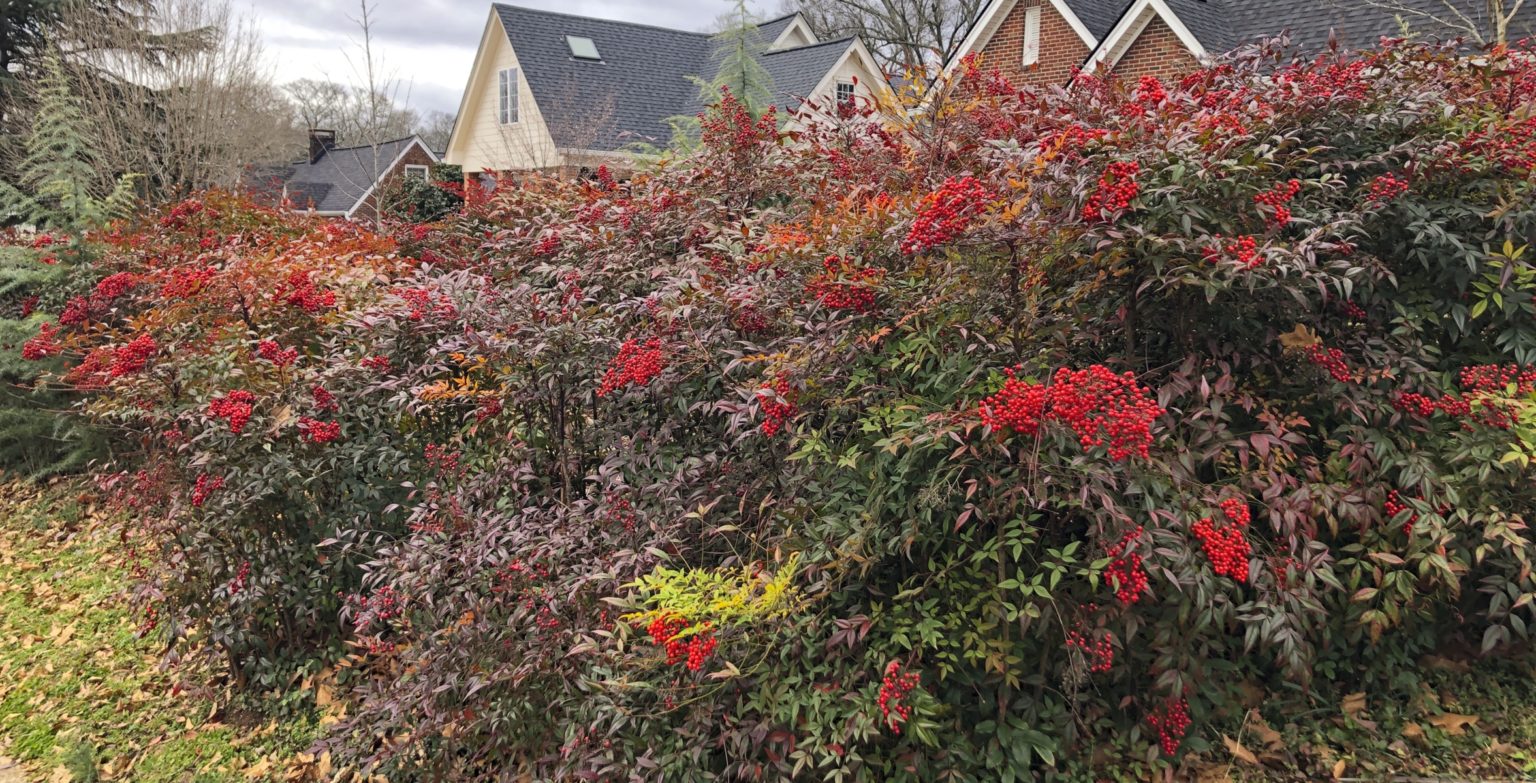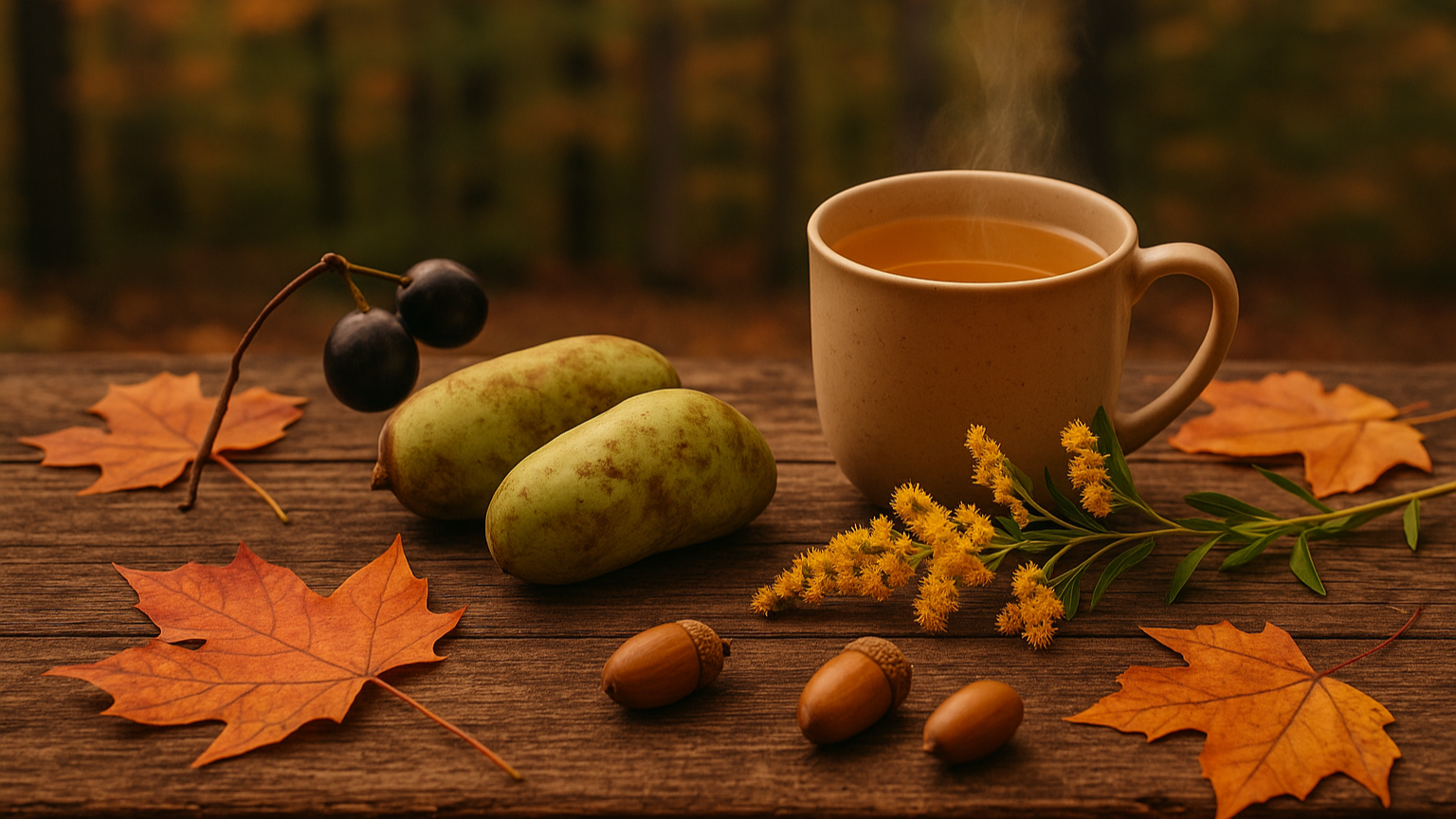Article by Jim Messner
 “There’s always something to see on the Blue Ridge Parkway.” Dan’s eyes shone as he grinned boyishly, eagle-eyed for the next find and completely content. On this day approaching 100* in Greenville, our group of five was traversing the much cooler environs of Pisgah National Forest, the Parkway and thereabouts on a month field trip with the SC Native Plant Society. I know, I know. Don’t quibble. Let’s be gracious to our neighbors to the north and grant them SC status for the day. Or at least for the length of this article…
“There’s always something to see on the Blue Ridge Parkway.” Dan’s eyes shone as he grinned boyishly, eagle-eyed for the next find and completely content. On this day approaching 100* in Greenville, our group of five was traversing the much cooler environs of Pisgah National Forest, the Parkway and thereabouts on a month field trip with the SC Native Plant Society. I know, I know. Don’t quibble. Let’s be gracious to our neighbors to the north and grant them SC status for the day. Or at least for the length of this article…
I am new to the society and have spent as much time killing plants as I have nursing them. And from what I have seen in my own yard, “Native Plant” is Latin for “something the deer will eat as soon as you plant it”. But, I am a localist and from the time I was a kid in Boy Scouts I have loved the outdoors and growing things. I distinctly remember eating cattails with Mr. Etling, the 7th grade science teacher. I was fascinated with the idea that food is all around me if I only knew where to look. I learned about the society in my quest to plant what was different; those things that I won’t find at a national home and garden retailer. I have come to appreciate the mission and the passion the members bring to the society and this field trip was a way to tap into that knowledge base.
That is what put me in the Toyota Tacoma this summer day crawling up 215 outside of Brevard with Dan and Sherrie Whitten, two Certified Master Naturalists. We were joined by Ken, an affable small business owner who confided to me that his own knowledge of plants was relegated more or less to knowing that trees had bark, and his wife Susan Lochridge who brought an encyclopedic knowledge of the local flora and was frequently heard speaking in Latin as she considered a plant’s taxonomy. Seth Harris, another Certified Master Naturalist arrived shortly after we began and completed our party.
The Itinerary
Make a loop including the Blue Ridge Parkway & 276 stopping at interesting places along the way. Some were known beforehand and others were serendipitous finds. As this was my first field trip with SCNPS I had no idea what to expect or to do. I certainly was not going to try and identify any plants! Who wants to be wrong with this group? To my delight though, the whole day was a scavenger hunt and an opportunity to ask questions and learn more about native plants. It was also a reminder that even the experts are still learning on these outings.
We followed a simple pattern most of the day. Look out the window for cool stuff and challenge Dan to find a parking spot in the near vicinity that avoided traffic on one side and precipitous drops on the other. And room for 3 cars. No sweat. At our first stop I was pleased to find that some of my plant knowledge could be validated. We saw Jewel Weed aka Touch-Me-Not as the ripe seed pods explode when touched, (Impatiens Capensis) abiding as it oftentimes does next to the noxious poison ivy. I learned about this plant and its treatment of skin irritations when I was in Boy Scouts. After this many years, it was great to get confirmation of my knowledge and gave me some confidence. Along the North Fork of the French Broad River, I saw the aptly named Dog Hobble (Leucothoe Fontanesiana) a plant that was introduced to me at the SCNPS annual sale. While not the most picturesque plant it was great to see it in a natural habitat. After a few stops on 215 we arrived at the Parkway.
Once called “The most ridiculous undertaking that has ever been presented to the Congress of the United States” by a Michigan Congressman (insert your favorite politician joke here), the Blue Ridge Parkway has hosted over 600 million visitors since its inception in 1935. It is easy to see why. A temperate summer climate (by SC standards!) expansive views and of course, the stunning fall colors are the calling cards of the Parkway. But today, our trip was not about the grand things, but about the small and the particular as we hunted species known to be in bloom. “What do you see?” Dan would frequently ask. This was both a question and a challenge to seek out the unique and interesting. Susan would oftentimes answer this in Latin while my own responses were more along the lines of “Come look at this thing over here.” I loved for example, the way Angelica (Angelica Triquinata) seems to unfold and reveal its umbels (new word for me!) in a singular fashion. At another stop I came across Love Vine aka Dodder (Cuscuta Compacta) and its striking orange color. One of the origin stories of the name is that young maidens would take some of the vine and throw it over their shoulder. If the love of their suitor were true, the vine would take root; if not the love was a passing fancy and she was better off without that boat anchor.
“I can’t understand why folks try to change the landscape so much rather than just planting what will grow there.” Seth made this observation as we considered a patch of the haunting Ghost Pipe (Monotropa Uniflora L) amidst one of my favorite plants, Trillium (Trillium Grandiflorum). We were discussing how a plant can be thriving in one spot but not another even just a few feet away. I grinned sheepishly as I thought of my own efforts to amend soil, water endlessly and change lighting conditions for non-native species. The Parkway offers a plethora of micro-climates culminating in all kinds of plant adaptations. One such example is Sundew (Drosera), a carnivorous plant, which hangs on the side of the rock face with a constant drip of water keeping it moist. It resembled a tiny venus fly trap and was great to see with Dan’s close focus binoculars.
There were too many other great plants to list them all… From the buzzing bees around the descriptive Turk’s Cap Lily (Lilium Superbum) and the bright red of Bee Balm (Oswego, Mondarda Didyma) there was a sight for all eyes. There were native blackberries and blueberries to taste along with bear huckleberries (Gaylussacia Ursina) and the elusive thimble berry (Rubacer Odoratum) a member of the raspberry family (although some thief had absconded with all the fruit!). Smelling mountain mint and wintergreen. Rolling pine needles in my fingers and learning the alliterative “flat is fir”. Lest I make the ears jealous, I’ll include the caterwauling of a Catbird and the calling of other birds which Sherrie easily identified by their song. I drove home that afternoon hoping that just one or two things will stick and already looking forward to our next field trip.



